Dartex
Dartex, the Thrilling New Card Game of Skill (1938) based on the traditional pub game where darts are thrown at a circular target.
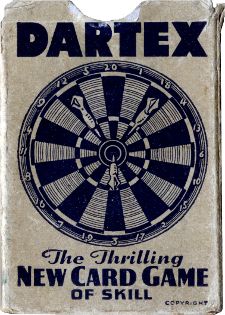
Dartex, the Thrilling New Card Game of Skill, 1938
Right: front of the box, which is of poor quality and printed in blue on plain white card.
The game of ‘Dartex’ is based on the traditional pub game where darts are thrown at a circular target. The card game version contains a total of 52 cards (38 showing a dart board + 14 special cards) which act as the throws and, just as in the real game, good mental arithmetic is required. The game was published just before the Second World War, in September 1938, at a time when wartime economies were coming into effect. The publisher/manufacturer's name is not given.
There is speculation that the game of darts originated among soldiers throwing short arrows at the bottom of a cask or trunks of trees. As the wood dried, cracks would develop, creating "sections". Soon, regional standards emerged and many woodworkers supplemented bar tabs by fabricating dart boards for the local pubs. Learn more in Wikipedia artlicle →
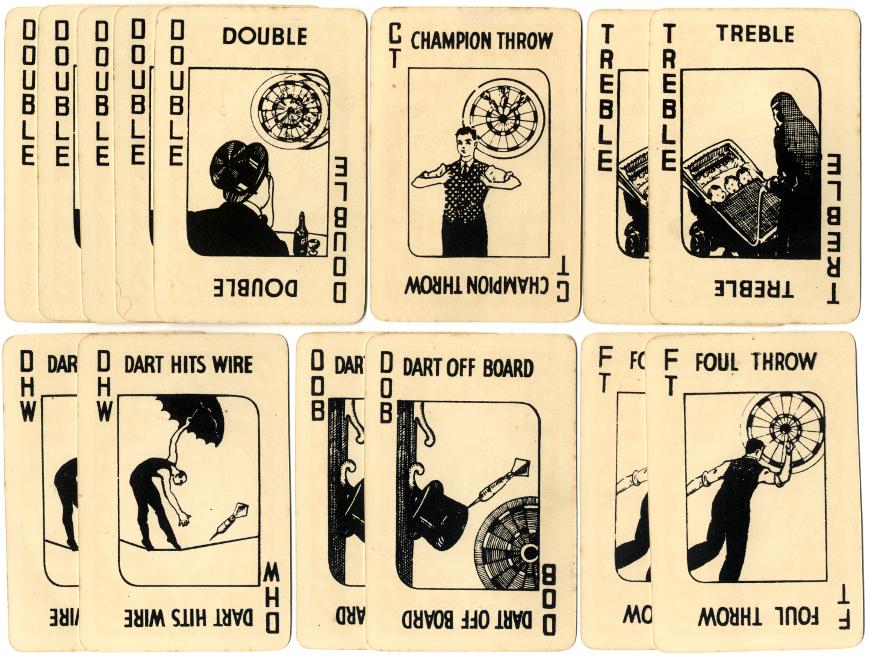
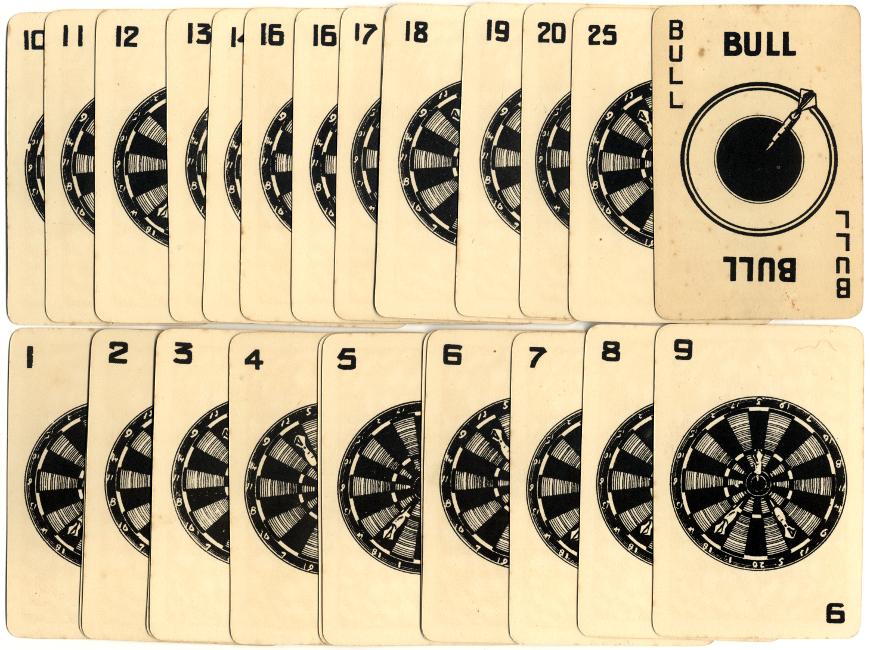
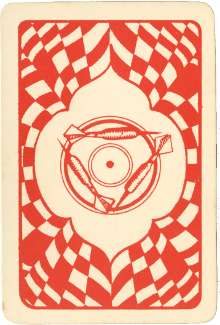
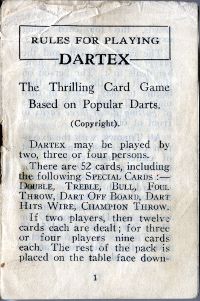
Above: Dartex, the Thrilling New Card Game of Skill, 52 cards, printed in black on plain white card, 1938.
Right: front page of the rules booklet, and the back of the cards, printed in red or blue on plain white, showing three darts and a dart board motif.
The rules state that: "For his first throw, every player must begin with a double, such a throw therefore being double, 3, 4, or double, 11, 12, etc. In place of a double, however, a player can use two cards of the same number, e.g., throws made up of 4, 4, 9, or 7, 7, 19, etc., in which case of the duplicated numbers count only as a double for scoring purposes and have no numerical value, e.g., 4, 4, 9, would be scored as a double 9, equals 18. ... The highest score possible for any one throw is treble, treble, bull, equals 450."
By Simon Wintle
Spain • Member since February 01, 1996 • Contact
I am the founder of The World of Playing Cards (est. 1996), a website dedicated to the history, artistry and cultural significance of playing cards and tarot. Over the years I have researched various areas of the subject, acquired and traded collections and contributed as a committee member of the IPCS and graphics editor of The Playing-Card journal. Having lived in Chile, England, Wales, and now Spain, these experiences have shaped my work and passion for playing cards. Amongst my achievements is producing a limited-edition replica of a 17th-century English pack using woodblocks and stencils—a labour of love. Today, the World of Playing Cards is a global collaborative project, with my son Adam serving as the technical driving force behind its development. His innovative efforts have helped shape the site into the thriving hub it is today. You are warmly invited to become a contributor and share your enthusiasm.

Related Articles
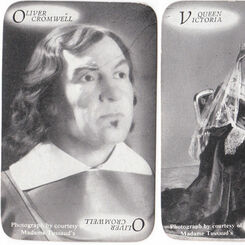
Have A Go
Have A Go card game published by Photo-Briton Ltd featuring photographs of waxwork figures from Mada...
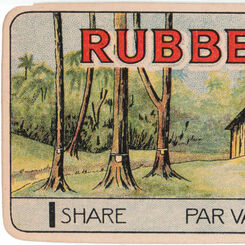
On Spec
“On Spec” is a round game based on selling stocks and shares, published by John Jaques & Son, c.1920...
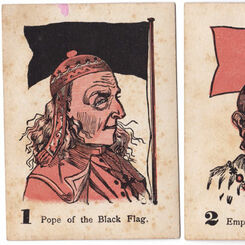
Four Flags
The Game of Four Flags published by Multum in Parvo, 1884
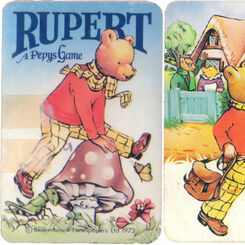
Rupert
Rupert, a Pepys Game, 1973.
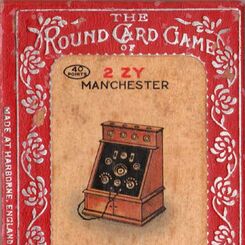
Sparx
‘Sparx’ card game, or ‘Listening In’, published by Chad Valley Games, c.1925.
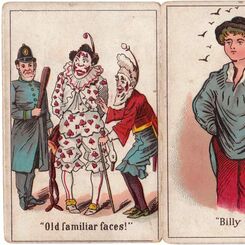
Anonymous Snap game
Anonymous “Snap” game from the late 19th century.
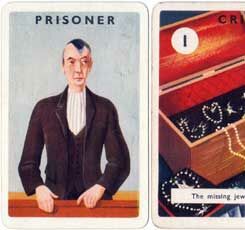
Alibi
“Alibi” the thrilling card game by Haytor, Tor Productions, 1930s.
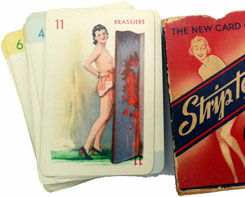
Strip Tease
‘Strip Tease’ card game featuring characters involved in the performance and subsequent prosecution ...
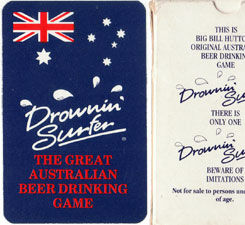
Drownin’ Surfer
Drownin’ Surfer card game
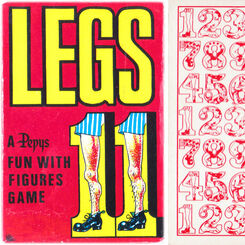
Legs Eleven
Legs Eleven card game by Pepys, 1974.
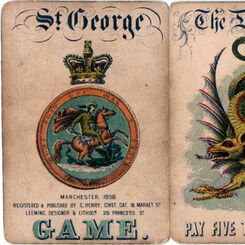
St George Game
St George Game, 1858, depicting St George and other saints engaged in battle slaying the dragon to s...
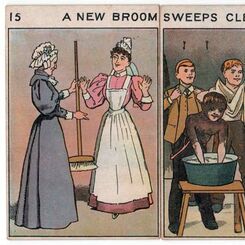
Picture Proverbs
Picture Proverbs was a Victorian card game illustrating popular proverbs which were seen as words of...
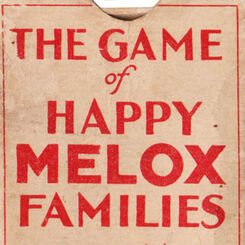
Happy Melox Families
The “Game of Happy Melox Families” was published by G. Clarke & Son of Thomas Street, London, in 192...
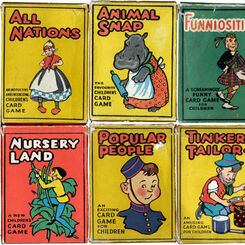
Waddy Productions
Waddy Productions Ltd was a member of the giant Amalgamated Press group and only published card game...
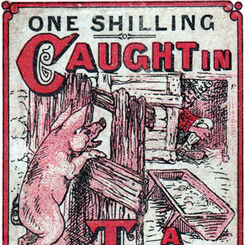
Caught in a Trap
A Victorian card game telling a story of a victim being ensnared in a trap, being caught, and finall...
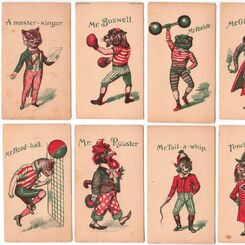
Animal Snap
The full set of this 'Snap' card game is believed to have 9 characters in sets of four, making a tot...
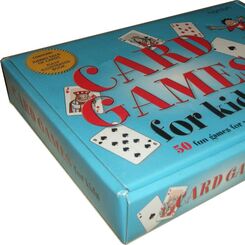
Card Games for Kids
Card Games for Kids by Hamlyn 2004.
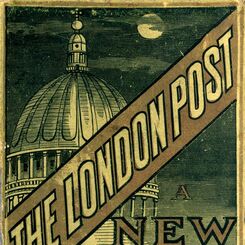
London Post
Jaques' The London Post Card Game, c.1895.
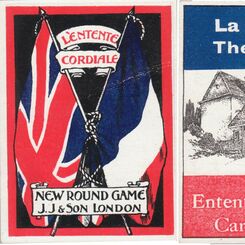
Entente Cordiale
Jaques' The Entente Cordiale Card Game, c.1905.
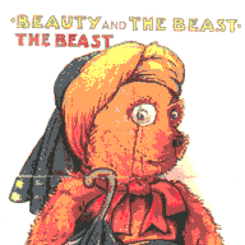
Collecting English Playing Cards & Games
The History of English Playing Cards dates probably from the mid 15th century, the first documentary...
Most Popular
Our top articles from the past 60 days






















